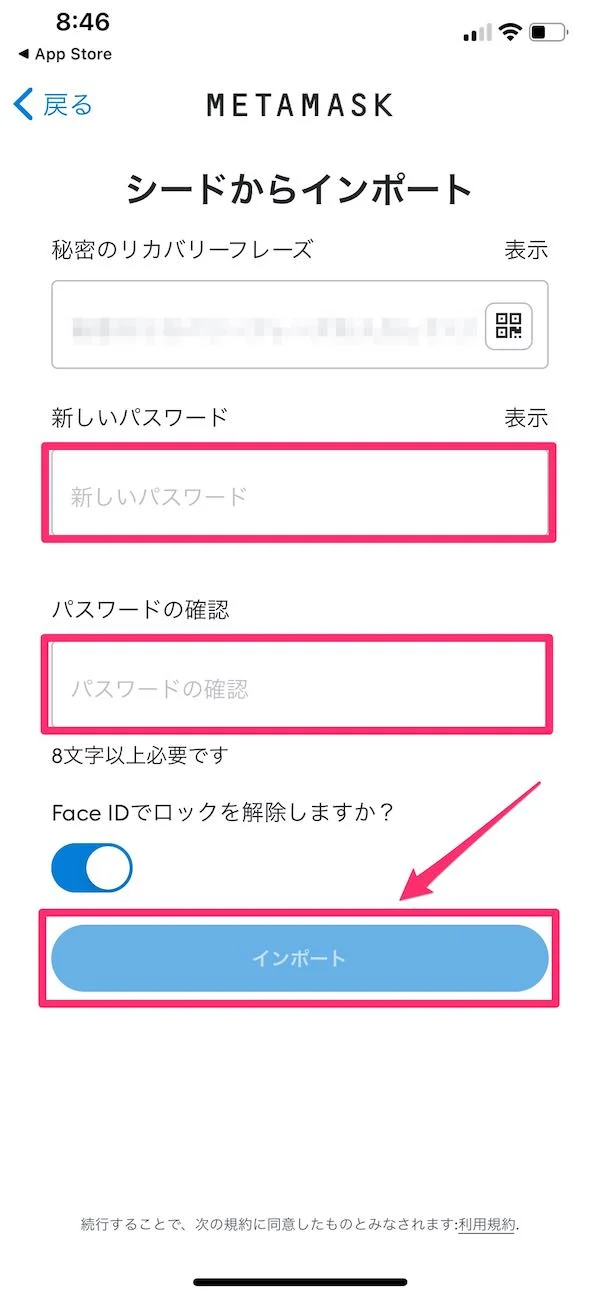Satoshi Nakamoto: The Founder's Identity vs. The Brand's Latest Play
Julian Vance here, cutting through the noise as usual. There's a new sneaker drop on the horizon that's got the industry chattering, and as always, I'm less interested in the hype and more in the underlying data—or lack thereof. Salehe Bembury's Spunge Osmosis is linking up with the Satoshi Nakamoto clothing label, and the details present an interesting case study in engineered scarcity and brand alignment.
On the surface, it’s a sneaker. Dig a little deeper, and you find a meticulously crafted narrative of "invisible exclusivity," a concept that, frankly, always warrants a closer look.
The Calculated Aesthetic of Digital Grit
Let's talk about the shoe itself. The Satoshi Nakamoto x Spunge Osmosis isn't just another runner; it's a statement. We're told it comes "pre-dirtied and worn," sporting an "industrial, techno dystopian colorway." Picture dirty, weathered steel greys, warehouse yellow, custom branding, and frayed paneling. The marketing copy goes so far as to claim it "brings the dark web to foot." From a data perspective, this isn't accidental; it’s a deliberately constructed aesthetic. A black toe, a wood-grain brown panel, distressed grey panels, rough suede, and that dirty yellow midsole – every element is designed to evoke a very specific, almost anachronistic, feeling of digital grit.
The partnership with the Satoshi Nakamoto clothing label, named after the mysterious inventor of Bitcoin, isn’t just a namesake, it's a strategic alignment. Their brand ethos, according to the brief, centers on anonymity and "crypto-inspired invisible exclusivity." My analysis suggests this isn't just about making a shoe; it’s about selling a feeling of being in the know, of possessing something that outwardly appears mundane, perhaps even used, but carries an insider's cachet. It’s a clever psychological play, leveraging the mystique of Satoshi Nakamoto himself. But I find myself questioning: how much of this "distressed" look is genuine artistic exploration, and how much is a calculated shortcut to perceived authenticity in an oversaturated market? What's the actual consumer data on the longevity of these hyper-specific, niche aesthetics? It’s a methodological critique: how do we quantify the appeal of something designed to look imperfect from day one?
The Scarcity Model: A Data-Driven Funnel
Now, let's dissect the release strategy, because this is where the numbers—or the lack of them—really tell a story. The Satoshi Nakamoto x Spunge Osmosis is slated for release on November 16, 2025 (a full year and a half from now, if we're being exact). And here's the kicker: it's exclusively dropping at Dover Street Market’s Ginza, Japan location. That's a geographical bottleneck designed to create maximum friction and, by extension, maximum perceived value. Available only in men's sizing, with the retail price still TBD.

This isn't an isolated incident; it's a clear pattern in Salehe Bembury's independent footwear label. Since launching just last month, he's already rolled out nearly half a dozen colorways—to be more precise, we’ve seen the original four debut renditions of the Osmosis, the Vegas-exclusive Soka, and a collaboration with his book publisher, Rizzoli. That's precisely six distinct drops in a very short window. I've analyzed countless market entries, and this immediate, multi-variant rollout, combined with such targeted scarcity, always makes me pause. It's like launching a new cryptocurrency with multiple alt-coins and then only making them available through a single, obscure exchange in a remote corner of the world. The goal isn't mass adoption; it's a controlled burn of hype.
This strategy cultivates what I'd call "aspirational scarcity." The low supply, the distant release date, the single, exclusive retail point in Tokyo—these aren't accidental. They are data points in a meticulously planned funnel. What's the projected secondary market premium on these shoes, given the historical performance of similar ultra-limited drops? My analysis suggests the "invisible exclusivity" touted by Satoshi clothing isn't about being subtle; it's about making access demonstrably difficult, thereby inflating desire. It’s a classic economic play, disguised as cultural commentary on Bitcoin and anonymity.
The Illusion of Exclusivity: A Cost-Benefit Analysis
The collaboration between Salehe Bembury and Satoshi Nakamoto clothing is undeniably interesting from a branding perspective. It merges a highly visible, prolific designer with a brand built on the mystique of the Satoshi Nakamoto Bitcoin creator. The shoe itself embodies this tension: a pre-worn aesthetic suggesting authenticity, yet paired with an ultra-exclusive release strategy that screams artificial demand.
What we're seeing here is less about the inherent qualities of the shoe and more about the deliberate construction of a narrative. The "dark web to foot" aesthetic, the "crypto-inspired invisible exclusivity"—these are powerful marketing hooks designed to resonate with a specific demographic. But when you strip away the branding and the hype, what remains is a sneaker, currently without a price point, available only in one specific location, on a specific future date. The data points to a masterclass in marketing through restriction. The real question for any consumer, or for us analysts, is how much of that "exclusivity" is genuinely earned through design innovation, and how much is simply a function of an incredibly tight supply chain and a very long waiting game?
The Scarcity Premium: A Foregone Conclusion
Related Articles
Balancer Hacked: $110M Moved – What We Know and the Internet's Reactions
Balancer's $110M Hack: A Wake-Up Call or DeFi's Ultimate Stress Test? Okay, folks, let's dive into t...
Aster Trade's Wild Ride: CZ's Investment, DEX Upgrade, and Token Volatility
Dr. Thorne: Can CZ's "Unlucky Charm" Actually Be Crypto's Lucky Break? Okay, folks, buckle up becaus...
Crypto: Can the Feds Tame It?
Bots Gone Wild or Calculated Crime? Crypto Trial's Verdict Could Redefine "Fair" The Algorithm vs. t...
Internet Computer: What's Behind the Crypto Surge?
Internet Computer's 37% Jump: A Glimpse into the Future of Blockchain Stability? Alright, folks, buc...
MetaMask: What It Is, How It Works, and Why It's Your Key to Web3
For years, we’ve thought of MetaMask as a key. A simple, indispensable tool. It’s the friendly fox i...
NEAR Protocol's Price Prediction: Will it Rally, or is This Another Pump and Dump?
Alright, let's cut the crap. Another day, another crypto project claiming to be the "future," this t...





